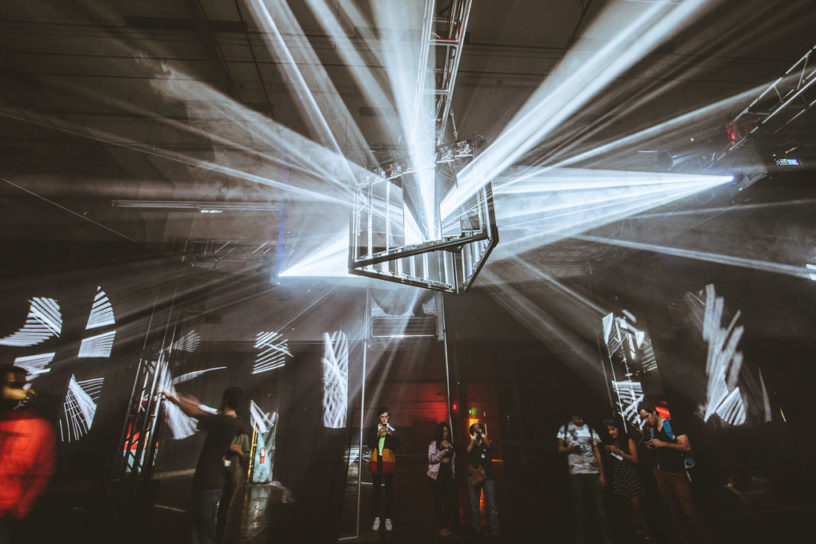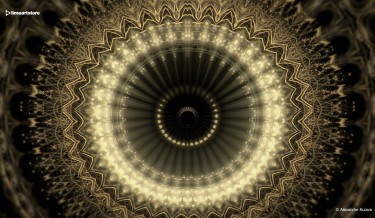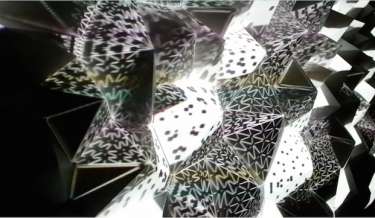Related post
Win a Video VJ Loops Pack by LIME ART GROUP
Nov 06, 2015
|
Comments Off on Win a Video VJ Loops Pack by LIME ART GROUP
3510
103 Paper Pyramids Come Alive When Origami Meets 3D Light Art
Oct 12, 2015
|
Comments Off on 103 Paper Pyramids Come Alive When Origami Meets 3D Light Art
5351
Versum feat. Lea Fabrikant 2017 (excerpt)
Jul 27, 2017
|
Comments Off on Versum feat. Lea Fabrikant 2017 (excerpt)
1564




